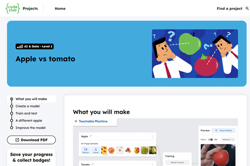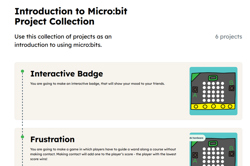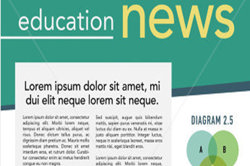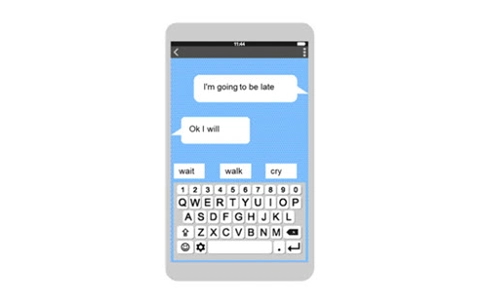Exploring predictive text
In this learning sequence, students analyse and apply predictive text in various contexts, including SMS messaging, email and online search engines, to enhance their understanding of language models and common language patterns.
Additional details
| Year band(s) | 5-6 |
|---|---|
| Content type | Lesson ideas |
| Format | Web page |
| Core and overarching concepts | Digital systems |
| Australian Curriculum Digital Technologies code(s) |
AC9TDI6P07
Select and use appropriate digital tools effectively to create, locate and communicate content, applying common conventions |
| Technologies & Programming Languages | Artificial Intelligence |
| Keywords | Artificial Intelligence, AI, artificial, intelligence, algorithms, problem solving, digital systems, lesson idea, lesson plan, predictive text, autocomplete, AI in everyday life |
| Integrated, cross-curriculum, special needs | Digital Literacy |
| Organisation | ESA |
| Copyright | Creative Commons Attribution 4.0, unless otherwise indicated. |
Related resources
-

DIY micro:bit metal detector (Years 5-6)
This activity shows one way to incorporate Digital Technologies into a goldfields unit in an authentic way using a micro:bit.
-

Apple vs tomato
Train a machine learning model to detect if you are holding an apple or a tomato. Then, improve the classifier by using more diverse training data.
-

Introduction to Micro:bit Project Collection
A collection of projects that can be used as an introduction to using micro:bits.
-

Home/School communications
In this lesson sequence, students use big data sets and school surveys, to design (and as an extension activity, make) a new digital communication solution for the school.
-

How to build an integrated STEM lesson using Minecraft
This sample STEM activity, demonstrates an approach to developing cognitive skills used when students solve a problem using Minecraft to design and build a sustainable house.
-

Artificial intelligence…but where is the intelligence?
Use these activity ideas to explore issues related to AI including what is artificial intelligence, learning from mistakes, and how the brain actually works.
-

Home automation programming (yrs 5-6)
Investigate home automation systems, including those powered by artificial intelligence (AI) with speech recognition capability.
-

Data bias in AI
Artificial intelligence can sometimes be biased to certain shapes or colours.
